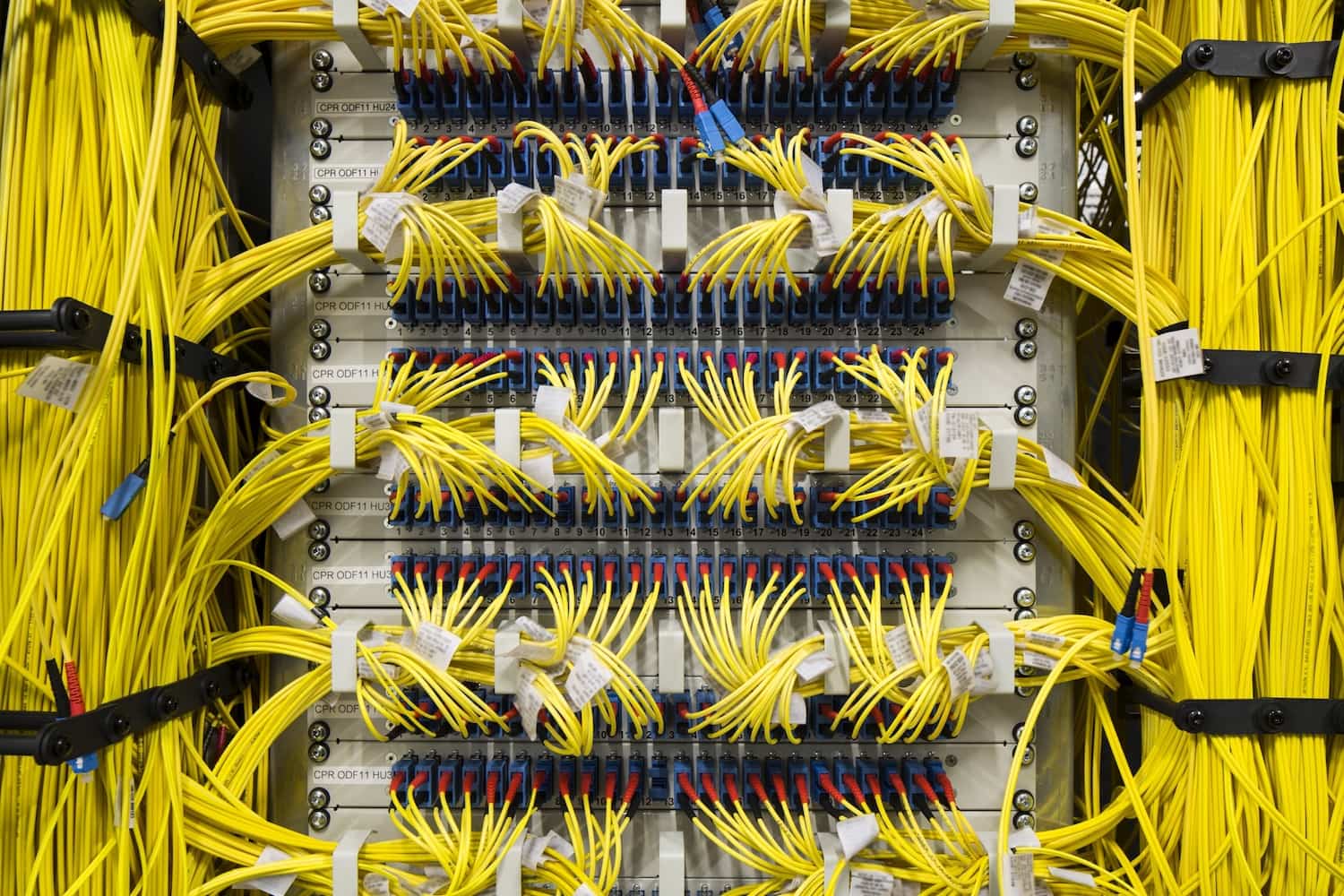The global structured cabling product market continues to experience sustained growth and is expected to reach $16.8 billion by 2032, up from $14.82 billion recorded in 2024. With a compound annual growth rate (CAGR) of 1.58%, the sector solidifies itself as a key pillar for telecommunications infrastructure, data centers, and enterprise networks, according to the report from WiseGuy Reports.
Key Factors Driving Market Growth
The growth of the structured cabling market is driven by the increasing demand for high-speed networks, the proliferation of IoT devices, and the massive adoption of cloud computing. As companies and industries advance in digital transformation, the need for cabling systems that ensure secure, fast, and scalable connections rises.

Main Growth Drivers
- Expansion of Data Centers:
- The growing adoption of cloud services, big data analytics, and artificial intelligence has fueled the construction of new data centers, which require efficient and secure cabling infrastructure.
- Implementation of 5G Networks:
- The deployment of 5G networks requires advanced structured cabling systems capable of handling large volumes of data and ensuring low-latency connections in business and urban environments.
- Rise of Smart Buildings:
- Modern infrastructures, both commercial and residential, are integrating smart systems for automation, energy efficiency, and security, increasing the demand for structured cabling to connect sensors and devices.
- Growing Adoption of Fiber Optics:
- The transition from copper cables to fiber optics continues to rise due to its higher data transmission capacity and long-term efficiency.
- Development of Smart Cities:
- Government investments in urban digitization projects are driving the market for cabling solutions for transportation, security, and telecommunications networks.
Market Segmentation
The structured cabling product market is segmented based on various factors:
- By Product Type:
- Twisted Pair Cabling
- Fiber Optic Cabling
- Coaxial Cabling
- Wireless Cabling
- By Application:
- Data Centers
- Enterprise Networks
- Industrial Networks
- Residential Networks
- By Installation Type:
- Horizontal Cabling
- Vertical Cabling
- Outdoor Cabling
- By End User Type:
- IT and Telecommunications Companies
- Corporations
- Government Agencies
- Educational Institutions
- Healthcare Providers
Each of these segments contributes to market expansion, driven by the need for efficient and secure networks.
Regional Market Analysis
The structured cabling product market shows significant differences between regions:
- North America:
- Leads the market due to its advanced technological infrastructure, high investment in data centers, and increasing demand for high-speed networks. In 2024, it accounted for 35% of the global market share.
- Europe:
- Ranks second, driven by smart city initiatives and the digitization of businesses.
- Asia-Pacific:
- Is the fastest-growing region due to rapid industrialization, development of telecommunications networks, and increased internet penetration in countries like China, India, and Southeast Asia.
- Latin America and the Middle East and Africa:
- These regions show stable growth driven by digitization and investment in infrastructure.
Key Market Players
The structured cabling sector is highly competitive and dominated by companies leading innovation and the development of advanced solutions. Key players include:
- Belden
- Corning
- CommScope
- Leviton
- Legrand
- Panduit
- Hubbell
- Furukawa Electric
- Nexans
- Schneider Electric
- Molex
- Amphenol
- TE Connectivity
- General Cable
- Berk-Tek
These companies invest in research and development to enhance the performance and efficiency of their structured cabling solutions, ensuring robust connectivity for various applications.
Growth Opportunities in the Sector
The structured cabling market offers multiple expansion opportunities driven by technological advances and new connectivity demands:
- Growing Adoption of Fiber Optics:
- The migration from copper infrastructure to fiber optics offers higher bandwidthBandwidth is the maximum transfer capacity of data and lower latency, driving market growth.
- Integration with Artificial Intelligence and Automation:
- The adoption of AI and automation tools in cabling systems improves network management and reduces maintenance costs.
- Advancements in Power over Ethernet (PoE) Technology:
- The ability to transmit power and data through a single cable is optimizing infrastructure in offices and smart buildings.
Market Challenges and Constraints
Despite projected growth, the sector faces several challenges:
- High Installation and Maintenance Costs:
- Implementing structured cabling infrastructure requires considerable investments, which can limit its adoption in small and medium-sized enterprises.
- Compatibility with Legacy Systems:
- The coexistence of old infrastructure with new cabling solutions can lead to technical difficulties and additional costs.
- Growing Preference for Wireless Networks:
- Although structured cabling remains essential for high-capacity networks, the evolution of wireless technologies could reduce demand in certain sectors.
- Supply Chain Disruptions:
- Factors such as economic crises or geopolitical conflicts can affect the production and distribution of cabling components.
Trends in the Structured Cabling Industry
The market is evolving with innovations that enhance the performance and sustainability of products. Some of the most notable trends include:
- Use of Eco-Friendly Materials:
- Manufacturers are opting for more sustainable cables and production processes with lower environmental impact.
- Development of Smart Solutions:
- The incorporation of sensors and real-time monitoring software allows for more efficient cable management.
- Strategic Alliances:
- Cabling companies are collaborating with technology firms to develop integrated solutions that combine hardware with network optimization tools.
Future Outlook
The structured cabling product market will continue to grow in the coming years, driven by digital transformation and the increasing need for high-capacity networks. The adoption of fiber optics and the expansion of data centers are expected to remain the main drivers of the market.
Companies that invest in innovation, sustainability, and adaptability to new technologies will lead the sector in the future, providing more efficient and secure connectivity infrastructures in the digital age.

